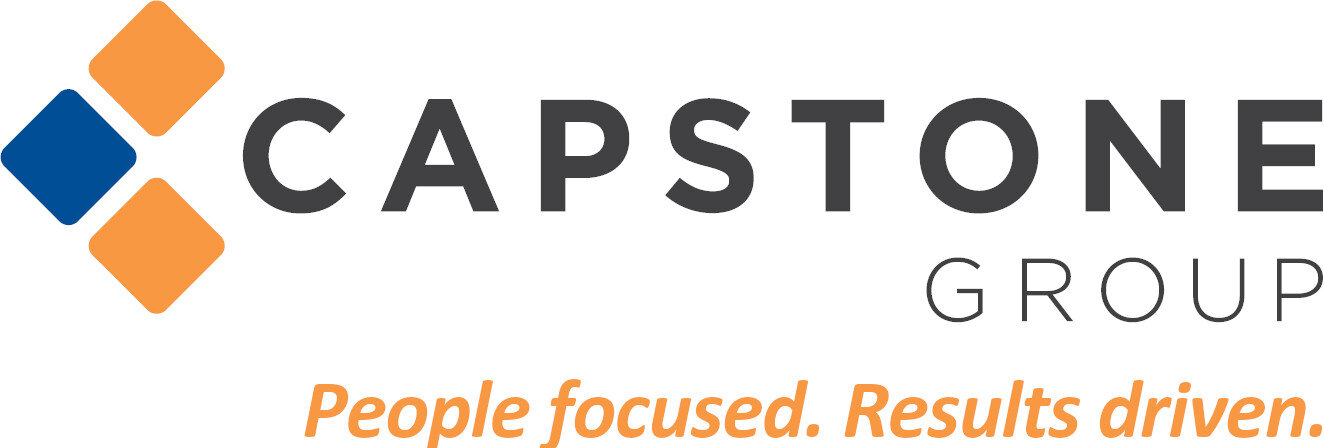Introduction: GLP-1s – The New "It" Benefit?
With the rise of GLP-1 drugs like Ozempic, Wegovy, and Mounjaro, conversations surrounding their inclusion in employee benefits programs are expanding in new directions. Originally prescribed for diabetes management, these medications have gained widespread attention for their impressive weight-loss results. Now, as employees and their dependents look for more accessible options to achieve their health goals, employers are faced with a complex decision: How should GLP-1s fit into their Employee Benefits programs?
GLP-1 drugs promise benefits that can lead to healthier, more productive employees—but at a significant cost. As companies consider adding these medications to their benefit offerings, there are big questions to weigh: Are these drugs effective enough to justify their price tags? What side effects should be anticipated? And how are companies of different sizes managing the cost implications?
GLP-1 Drugs 101: A Quick Rundown
What exactly are these GLP-1 drugs that everyone is seemingly talking about? Originally developed for managing type 2 diabetes, GLP-1 receptor agonists mimic a hormone that helps regulate blood sugar and appetite. Not only do they improve glycemic control, but they also work well for weight management[1]—a bonus that’s fast making them popular in corporate wellness programs.
Studies show that patients on these medications often see significant weight loss, with some losing up to 15% of their body weight over a year[2]. For employers, this means the potential for healthier, more energetic employees. Yet as we have seen, there’s no magic wand here—GLP-1s come with some trade-offs that need careful consideration.
Efficacy: Are GLP-1s the Real Deal?
Let’s start with the good news: GLP-1s are highly effective. Data shows that GLP-1 drugs help with both weight loss and blood sugar control. In the healthcare world, these are the MVPs of weight management. For instance, a 2021 study found that semaglutide users lost an average of 14.9% of their body weight over 68 weeks—a result that’s tough to beat with diet and exercise alone.
For employers, offering coverage for these drugs can support employees’ health journeys, potentially lowering long-term healthcare costs. But one caveat to keep in mind: GLP-1s tend to work best alongside lifestyle changes, so encouraging employees to pair these drugs with diet and exercise will be key.
Side Effects: What Employers Needs to Know
As effective as they are, GLP-1 drugs don’t come without their fair share of side effects. Common issues include nausea, vomiting, and gastrointestinal discomfort. More serious, but rarer, risks include pancreatitis and kidney issues. For the everyday employee, this can mean disrupted schedules and sometimes unpleasant workdays.
Cost Implications: The Dollars and (GLP-1) Cents
Now, the big question: How much will these drugs cost, and are they worth it?
GLP-1 drugs aren’t cheap. Monthly costs for these medications can reach over $1,000 per person, adding up quickly if there’s high employee demand. For many companies, this raises an important question: Do the potential savings from healthier employees offset the initial cost?
Analysts estimate that employers may see reduced healthcare expenses as employees on GLP-1s face fewer complications related to obesity and diabetes. But this balance between cost and savings depends heavily on each company’s unique situation, including employee demographics and plan structure. For self-insured employers, this means taking a hard look at budget forecasts, utilization rates, and perhaps implementing a tiered or phased approach to coverage.
Employer Approaches: Managing GLP-1s with Real-World Solutions
As GLP-1 drugs become increasingly common in benefit discussions, companies are taking different approaches based on their size, budget, and plan structure. Below is a high-level overview of how some small vs. large employers are handling GLP-1 coverage, as well as the considerations for fully-insured and self-insured plans:
Fully-Insured Plans: In fully-insured plans, the insurance carrier decides the scope of coverage, typically influenced by regulatory requirements and cost considerations. For companies with these plans, GLP-1 drug coverage may be more limited, depending on the carrier’s policies. As these drugs continue to gain in popularity, we are certainly seeing some insurers scaling back coverage and requiring additional pre-authorizations prior to covering the costs.
Self-Insured Plans: Self-insured employers have more autonomy, meaning they can structure benefits to include or exclude GLP-1s as they see fit. Some self-insured companies are crafting “high-value care” plans that cover GLP-1s only if other treatment options haven’t succeeded. Others are working with pharmacy benefit managers (PBMs) to negotiate discounts, especially when drug usage aligns with specific health outcomes. Regardless, these decisions come down to a cost / benefit analysis for self-funded employers who are considering adding these drugs to their coverage lineup.
Conclusion: Weighing the Benefits and Risks
As employers consider GLP-1 drugs in their benefits strategy, company size, plan type, and employee demographics will all play key roles in shaping the approach. While small employers might be at the mercy of their chosen carrier’s stance on these drugs moving forward, larger, self-insured companies have more leeway to customize plans and introduce creative cost-sharing strategies.
GLP-1s represent an exciting opportunity to support employee wellness, but the choice to include them should be carefully aligned with overall health plan goals and financial priorities. Thoughtful, phased, and data-driven approaches will help ensure that these programs support employees’ well-being and company goals alike.
For more information, or to learn how Capstone can help support your organization with these decisions, please feel free to reach out to us directly:


